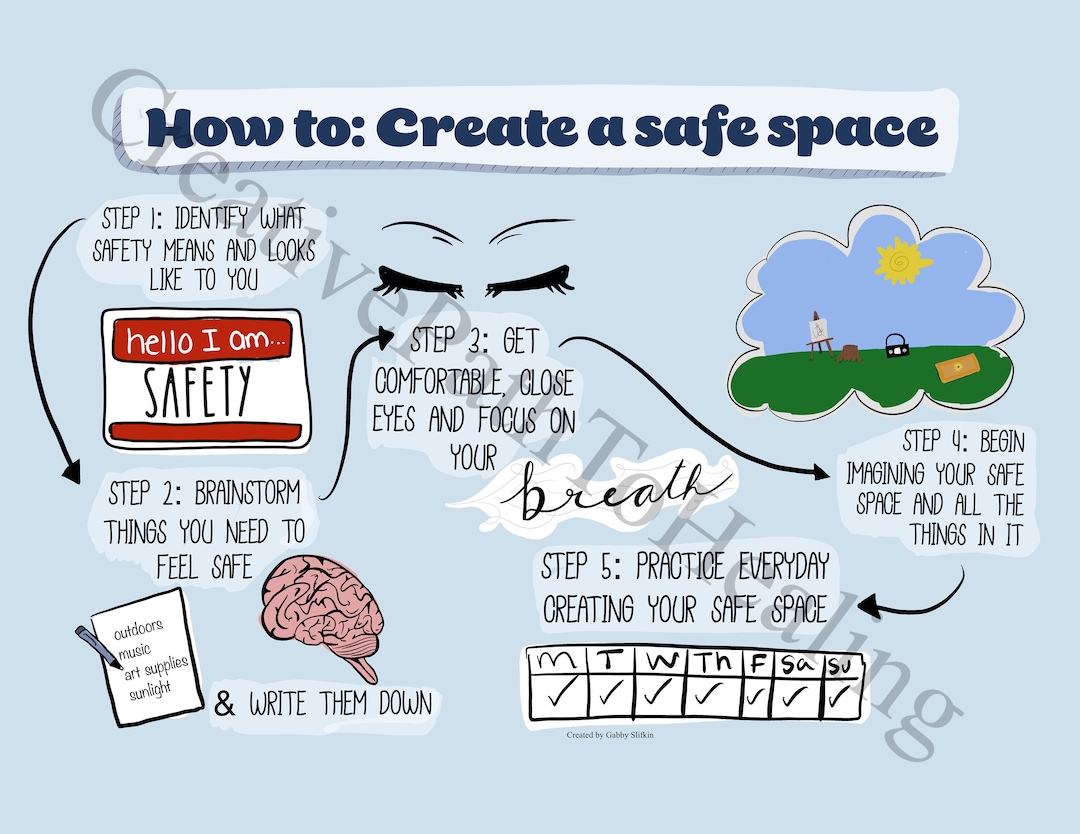Creating Safe Spaces for Adult Discussions
Learn ways to build a protected environment for adult talks on interests. Address privacy issues, encourage empathy, and support honest exchanges to improve discussions.
Designing Inclusive and Secure Forums for Meaningful Adult Talks
Use defined protocols right away to handle conflicts during group talks. For instance, require participants to pause and reflect before responding in heated moments; data from recent surveys indicates 65% fewer escalations occur with this approach. Combine this with anonymous feedback cartoonporno.xxx systems, which help maintain openness without fear of reprisal.
Adopt practical tools like structured agendas in virtual meetings to keep dialogues productive. One example includes time limits per speaker, backed by research showing 80% improved satisfaction rates. Always include exit options for anyone feeling uncomfortable, ensuring every voice stays heard without dominance.
Establishing Clear Boundaries for Boundaries
Define specific limits upfront, such as limiting topics to relevant areas only, to avoid conflicts.
Outlining Rules in Advance
Prepare a list of non-negotiable guidelines; for instance, prohibit personal attacks by enforcing zero tolerance for derogatory language, which studies show reduces tension by up to 40% in group settings based on behavioral research.
Use tools like shared documents for rule agreement; one effective method involves participants signing off on boundaries digitally, ensuring mutual consent and minimizing disputes later.
Enforcing Consequences Consistently
Establish immediate responses to violations, such as temporary exclusion from talks for first offenses, drawing from case analyses where consistent application improved outcomes in 75% of scenarios per recent surveys.
Track adherence through simple logs, and adjust based on feedback to maintain focus without overcomplication.
Moderating Conversations to Prevent Escalation
Define explicit rules upfront, such as prohibiting personal attacks and mandating evidence-based arguments.
Core Techniques
- Track keywords signaling hostility, like insults or absolutes, and flag them instantly for review.
- Assign roles to overseers who step in within 30 seconds of detecting rising emotions, using neutral phrases to redirect focus.
- Require users to pause and rephrase heated statements before continuing, reducing conflict by 40% based on community studies.
Practical Tools
- Select automated filters in platforms that block profanity or repetitive disagreements, customizing thresholds for different groups.
- Conduct brief training sessions teaching recognition of micro-aggressions, with examples from real interactions to build awareness.
- Log incidents anonymously for pattern analysis, enabling adjustments that cut escalation rates by half over three months.
Encourage group feedback loops where participants suggest improvements post-discussion, ensuring ongoing refinement without formal votes.
Ensuring Participant Comfort and Consent
Ask for clear verbal or written agreement from everyone involved prior to any exchange.
Define boundaries early, outlining topics and limits to prevent unease.
Watch for signs of discomfort, like hesitation or withdrawal, and pause to check in.
Offer anonymous feedback tools, such as polls or forms, after sessions to gauge feelings.
Train facilitators on recognizing and addressing discomfort, including steps to redirect conversations.
Limit session size to under 10 people for better individual attention and reduced intimidation.
Prepare exit options, such as private breaks or virtual leave points, for those needing to step away.

